Like a hair transplant in Turkey, a hair transplant in Tunisia is an autograft technique that effectively treats androgenetic alopecia. Hair transplantation in Tunisia is intended for people who want to obtain a denser and fuller head of hair and offers lasting and natural results. Therefore, Tunisia has become an important player in medical tourism. Price, procedure, postoperative care … discover all you need to know about hair transplant in Tunisia.
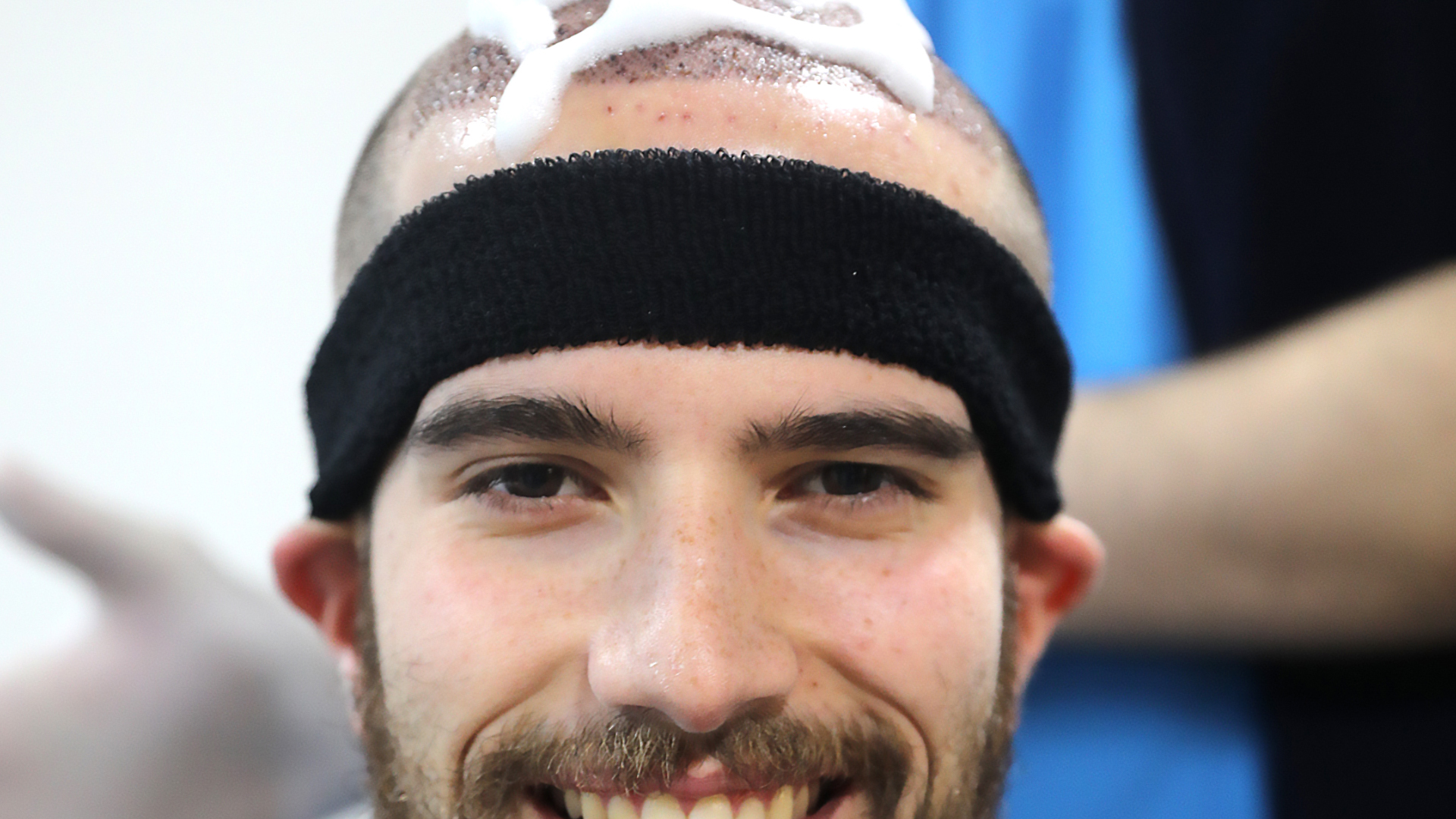
What is hair transplantation in Tunisia?
In Tunisia, hair transplantation is a technique of hair surgery that consists in extracting grafts from a donor area to re-implant them in the recipient area of the patient. This hair transplant is suitable for all people suffering from baldness, whether women or men.
Hair transplantation is a cosmetic surgery technique commonly practiced in Tunisia. Although Turkey remains the preferred destination for hair transplantation, Tunisia is also a destination considered by many patients who wish to obtain good results.
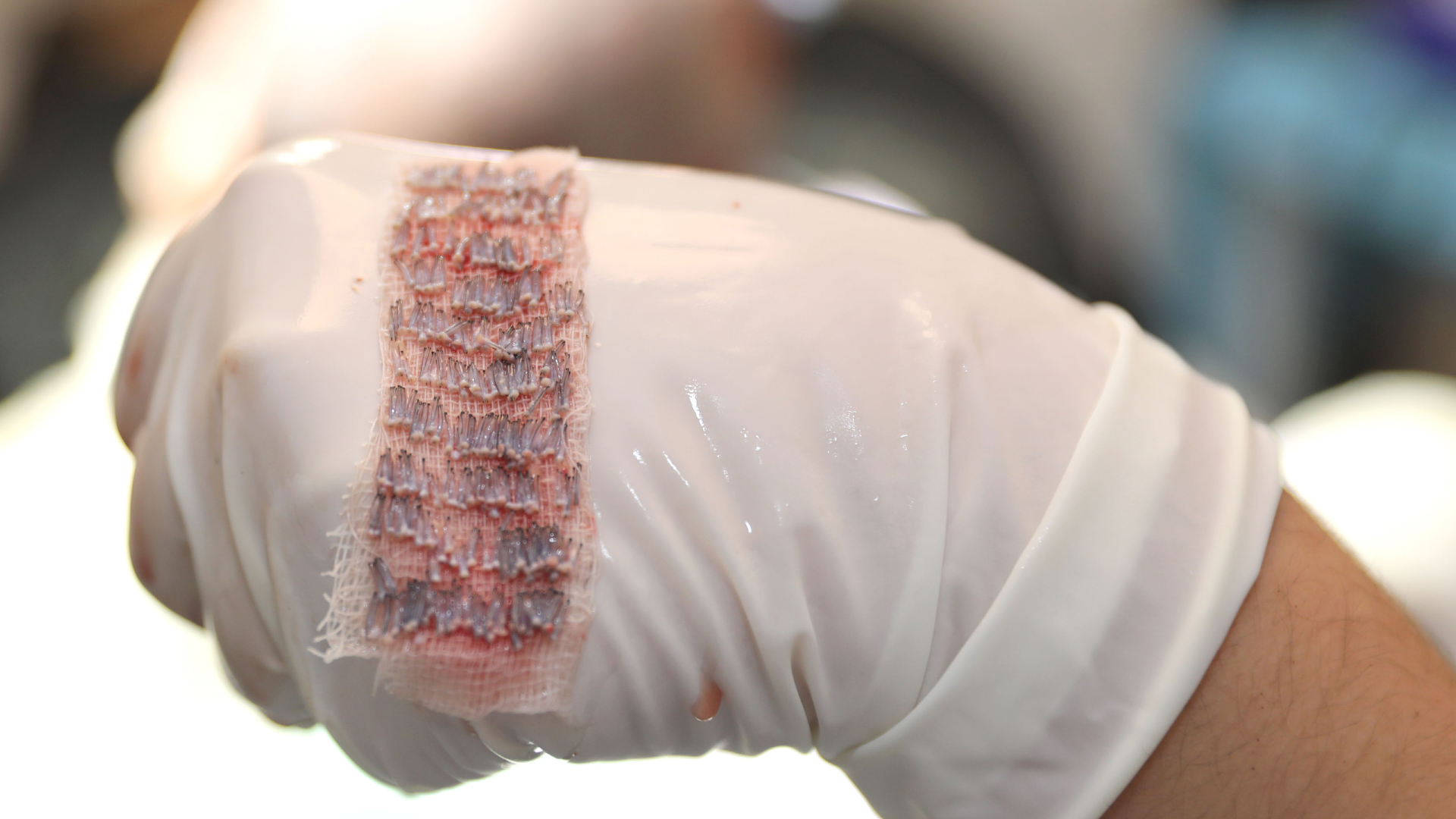
How does hair transplant work in Tunisia?
Hair transplantation can be performed through several techniques. The hair transplant techniques differ mainly by the method of taking grafts. In Tunisia, it is possible to use the following hair transplant techniques:
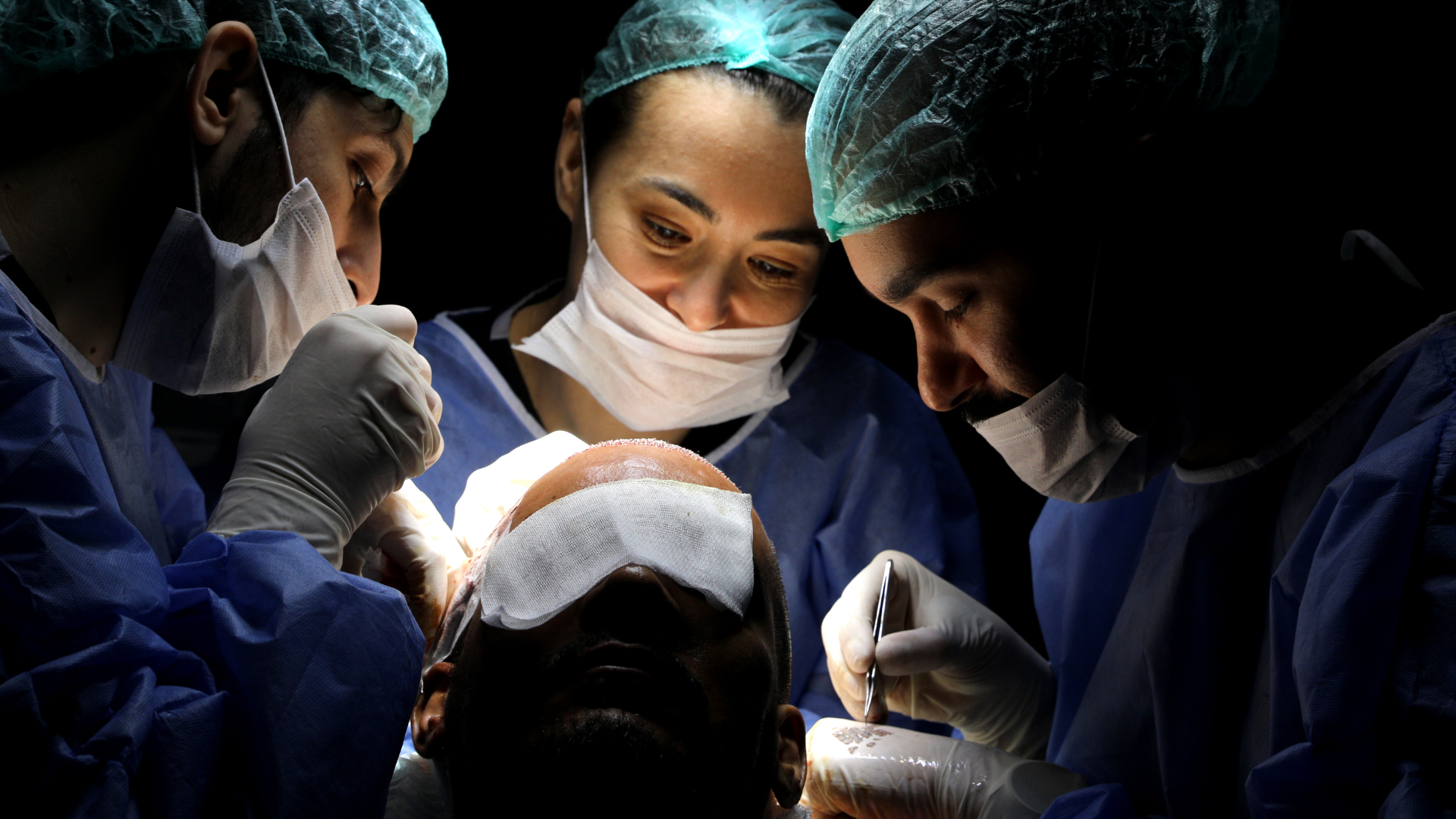
- FUE hair transplant: FUE (Follicular Unit Extraction) hair transplant is one of the most practiced hair transplant techniques in Tunisia. The FUE technique consists of extracting each hair follicle at its root using a micro “punch” whose diameter varies between 0.7 and 1.1mm. The hair follicles are extracted from the donor area and implanted in the thinned area. Hair transplantation can also be performed manually. Manual hair transplantation is done with a manual punch. Unlike the FUT method, the FUE hair transplant technique does not produce a linear scar. The FUE technique produces micro-scars of less than one millimeter in diameter. These micro-scars will not be invisible with the regrowth of hair. Performed under local anesthesia, the FUE hair transplant offers excellent results.
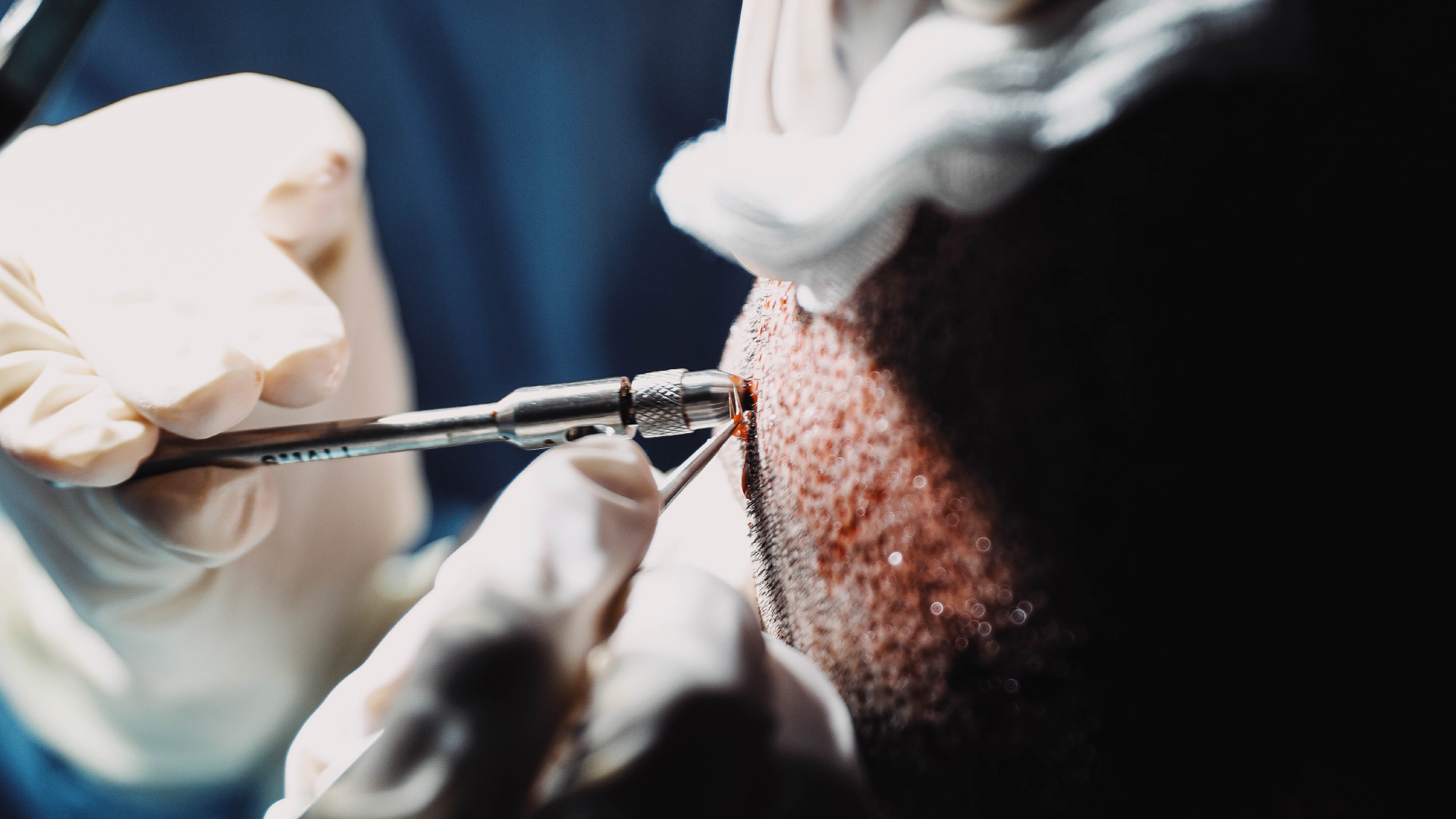
- DHI hair transplantation: The DHI hair transplantation technique is performed using a DHI implant stylet, also known as a Choi Pen. In this technique, the follicles are implanted into the recipient area without creating incision channels. The surgeon sucks the follicle from the donor area and then plants it directly into the recipient area. This technique allows for good control of the angle of implantation as well as the depth of implantation. When performed by an experienced surgeon, DHI hair transplantation provides a particularly natural result.
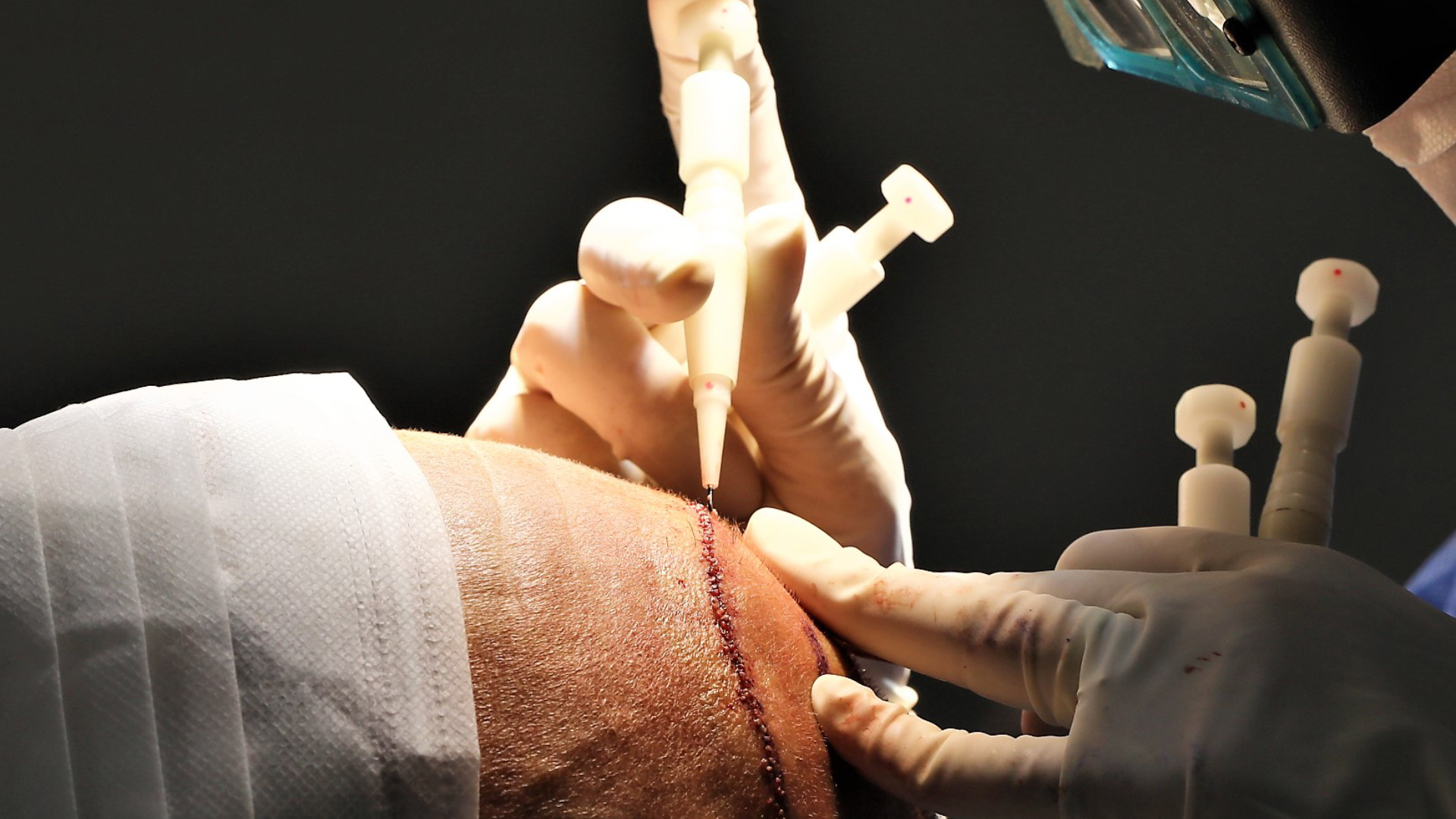
Just as for a hair transplant in Turkey, the hair transplant in Tunisia requires vigilance on the proper conduct of post-operative care. Indeed, postoperative care plays a major role in the success rate of a hair transplant.
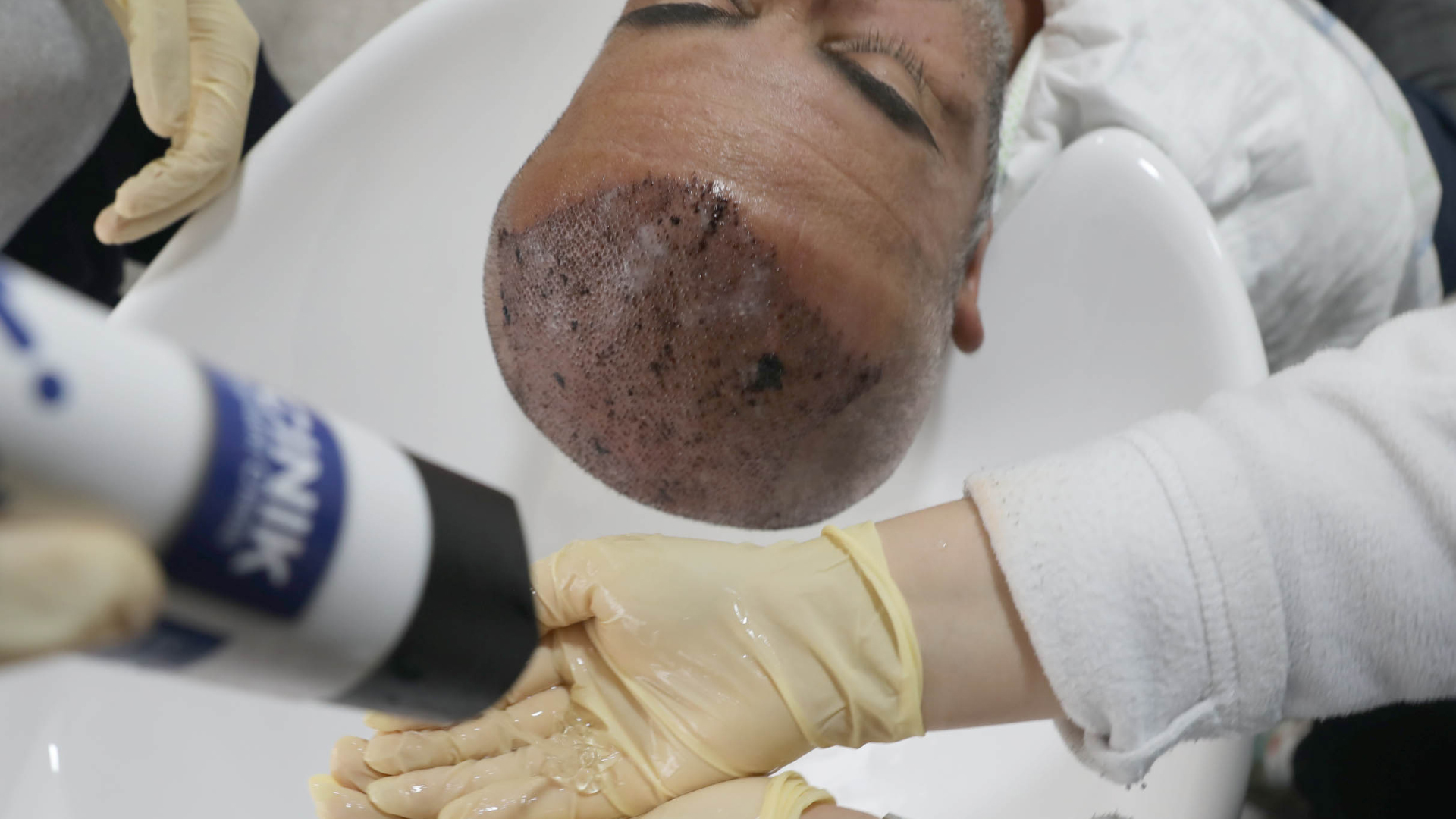
What are the after-effects of the hair transplant in Tunisia?
After a hair transplant, just like after a beard transplant or after a hair transplant for women, the recovery period is important. Following the recommendations given by the surgeon and the care team is essential to avoid a failed hair transplant and to limit the risk of infections. The surgeon and the medical team are best able to make the appropriate recommendations depending on the method used and the patient.
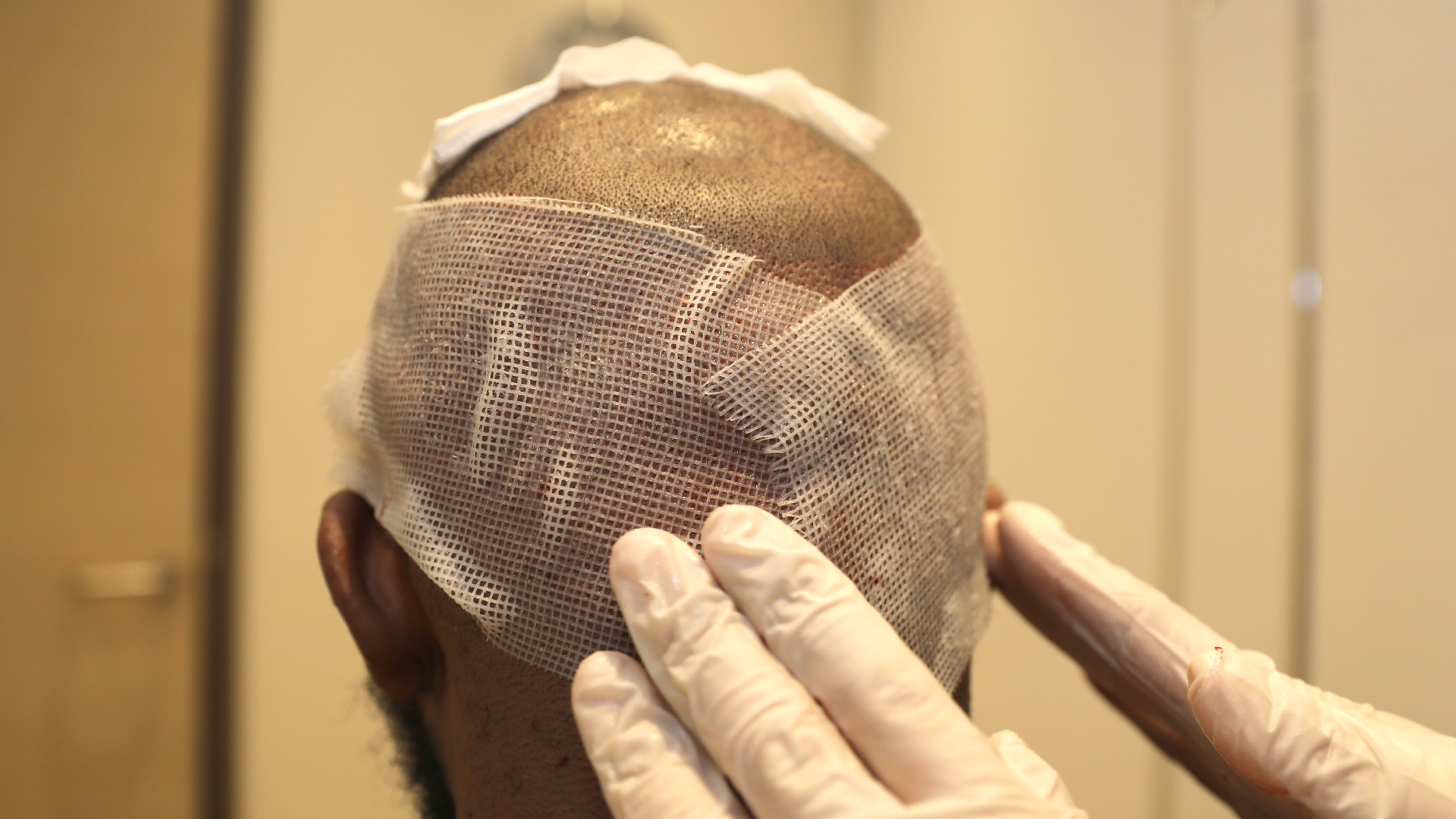
How a hair transplant evolves in Tunisia?
The evolution of the hair transplant begins the day after the operation. Healing begins to take place after 10 days. Scabs will then appear on the skull. Scabs after a hair transplant are a perfectly normal phenomenon. They form and disappear by themselves after 8 or 10 days.
The beginning of the regrowth occurs after 3 to 4 months. After 6 months the hair starts to grow and thicken. The final result of the hair transplant in Tunisia can be seen after 12 to 15 months.

What is the price of a hair transplant in Tunisia?
The price of a hair transplant in Tunisia varies from one clinic to another and depends on the number of grafts needed to obtain the desired result. For a hair transplant FUE in Tunisia, count 2400 euros for 1500 to 3000 grafts, and 2800 euros for 3500 to 5000 grafts.
The price of a DHI hair transplant in Tunisia is higher than that of a FUE hair transplant. This hair transplant cost 3200 euros for 1500 to 3000 grafts, and 3600 euros for 3500 to 5000 grafts.
In Turkey, hair transplantation is generally less expensive than in Tunisia. However, the quality of care provided remains optimal. Turkey is recognized throughout the world for the training and experience of its surgeons.
For a hair transplant in Turkey with Body Expert, the price is 2090 euros for an FUE and 2900 euros for an IHD, regardless of the number of grafts extracted and implanted.

Hair transplant in Tunisia: what you need to know before you start?
Performing a hair transplant procedure in Tunisia is an option to consider to benefit from an interesting rate and satisfactory results. At 2h30 from Paris, Tunisia welcomes tourists from all over the world and has beautiful cultural assets that will seduce you.
However, even if Tunisia has many advantages, Turkey remains the country where hair transplants offer the best success rates. Performing a hair transplant in Istanbul allows you to benefit from more attractive rates than those charged in Tunisia while enjoying the expertise of the best surgeons in the world.
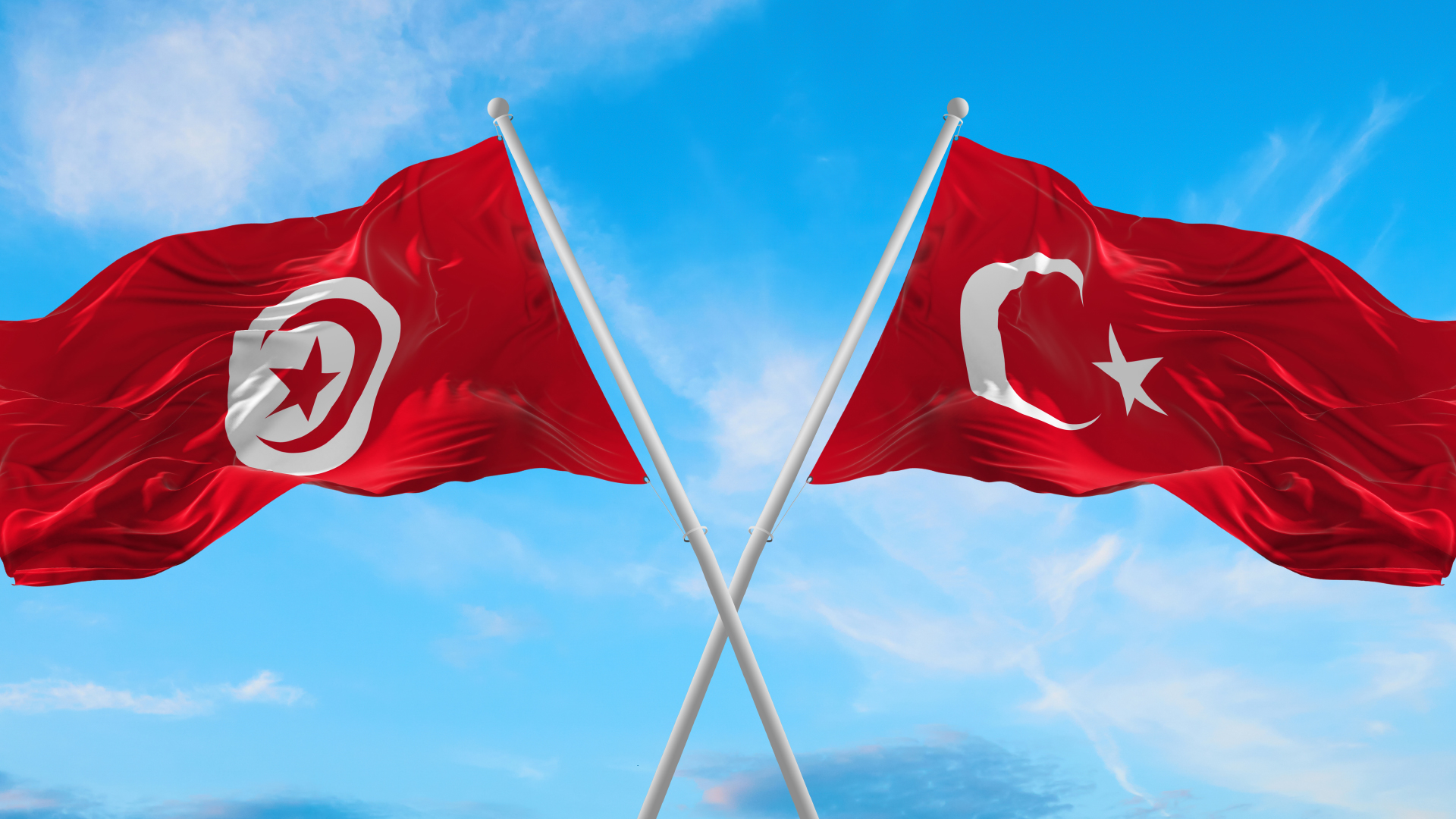
Hair transplant in Tunisia: good or bad idea?
The success of a hair transplant is influenced by a multitude of factors that do not necessarily depend on the country in which it is performed. To ensure an optimal result, it is essential to take into account the reputation of the clinic, the experience of the surgeon and the care team, the quality of the infrastructure made available, and the mastery of the techniques used. In Tunisia, it is possible to use several hair transplant techniques. Among them, the FUE and DHI techniques are commonly practiced.
However, Turkey remains the best place in terms of innovation and care. For example, you can benefit from innovative cell regeneration techniques to normalize hair loss and stimulate regrowth after a hair transplant. The Regenera Activa mesograft is one of the most innovative treatments available in Turkey. If you are looking to have a hair transplant in the best conditions and at the best price, Turkey remains your best option.
10059 vues
0 commentaires
0



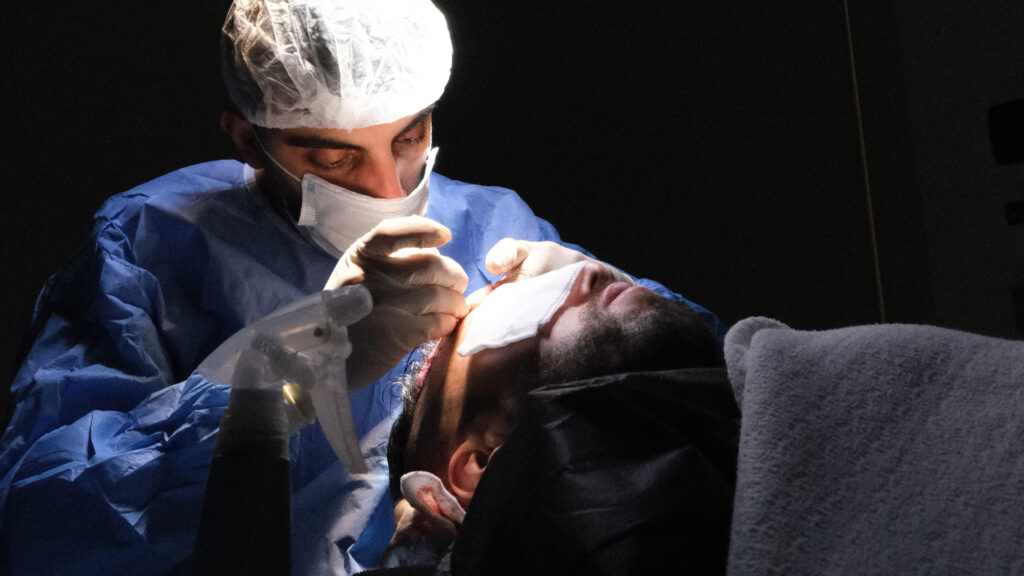
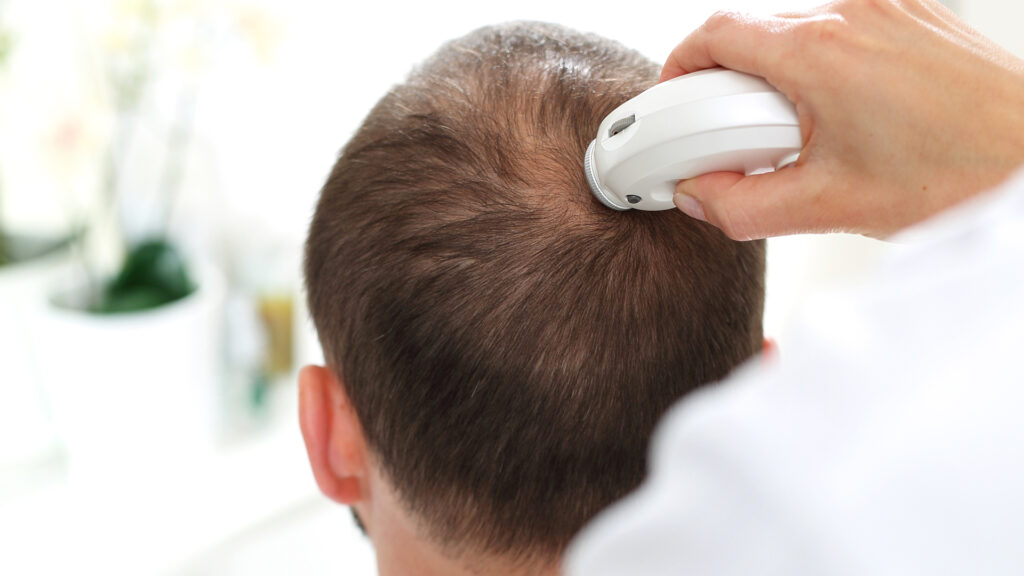
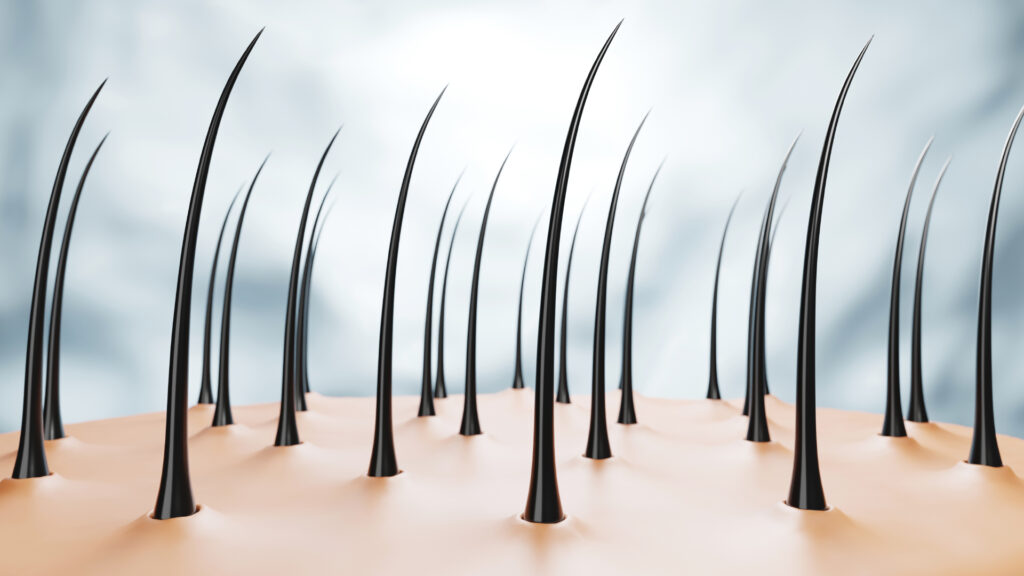
Il n'y a pas de commentaires pour le moment.